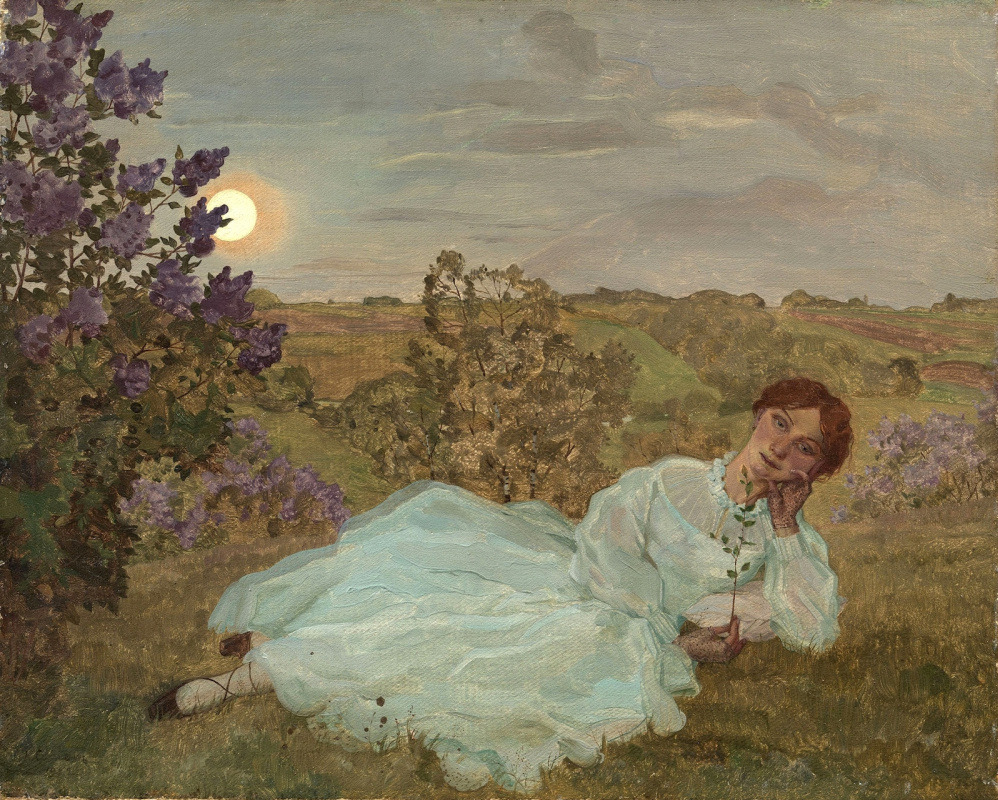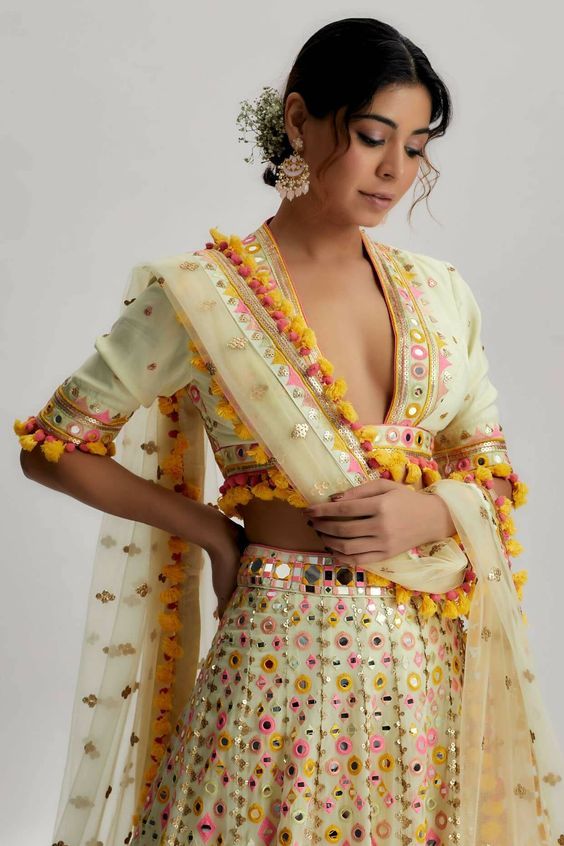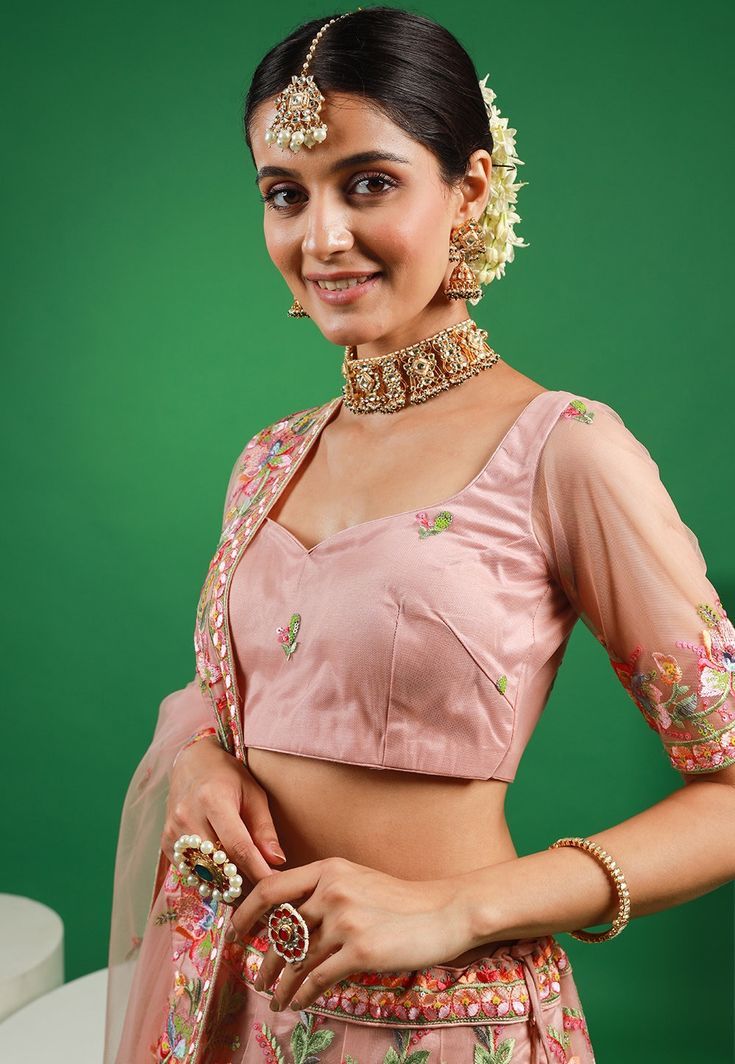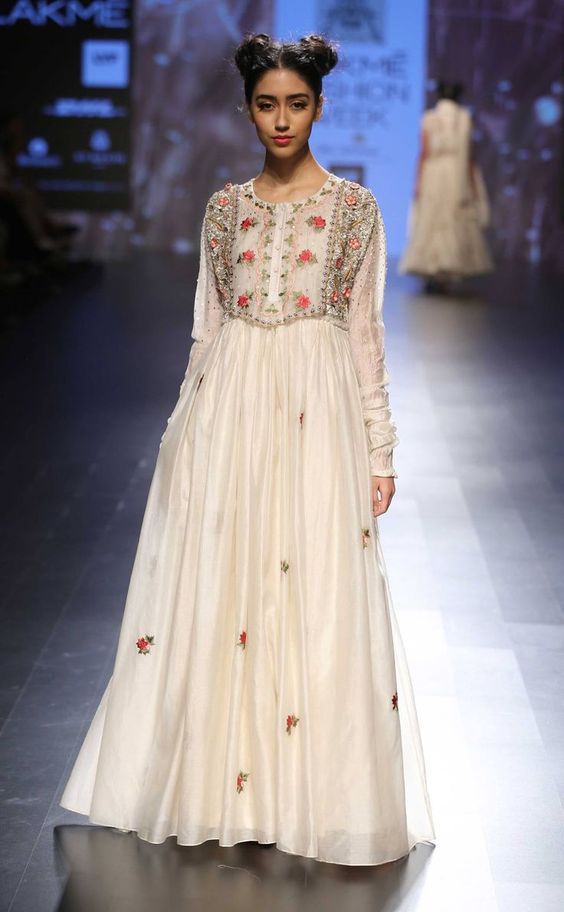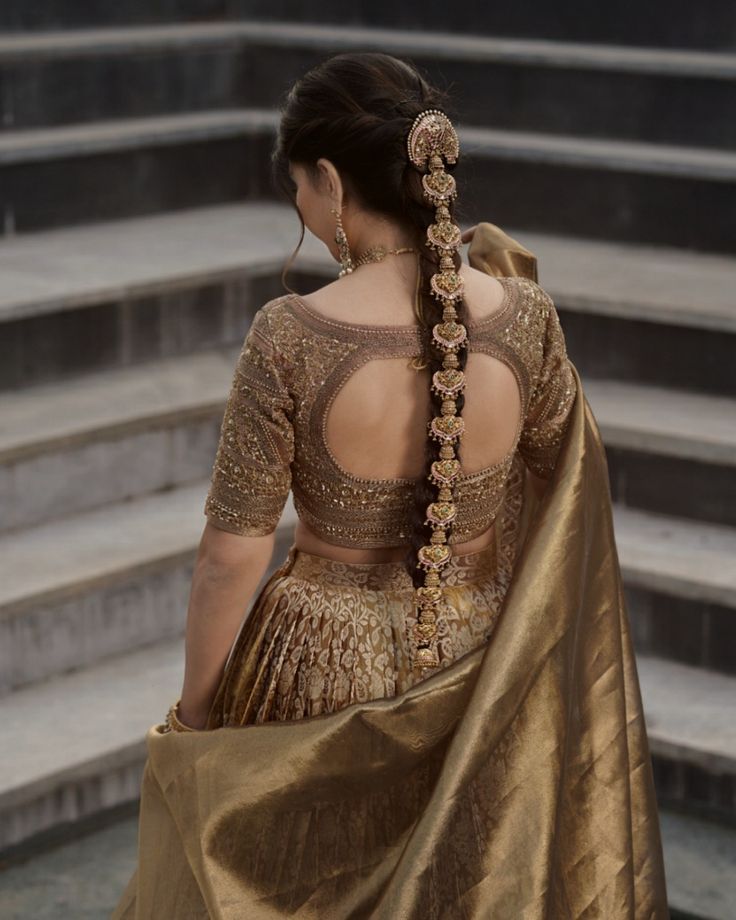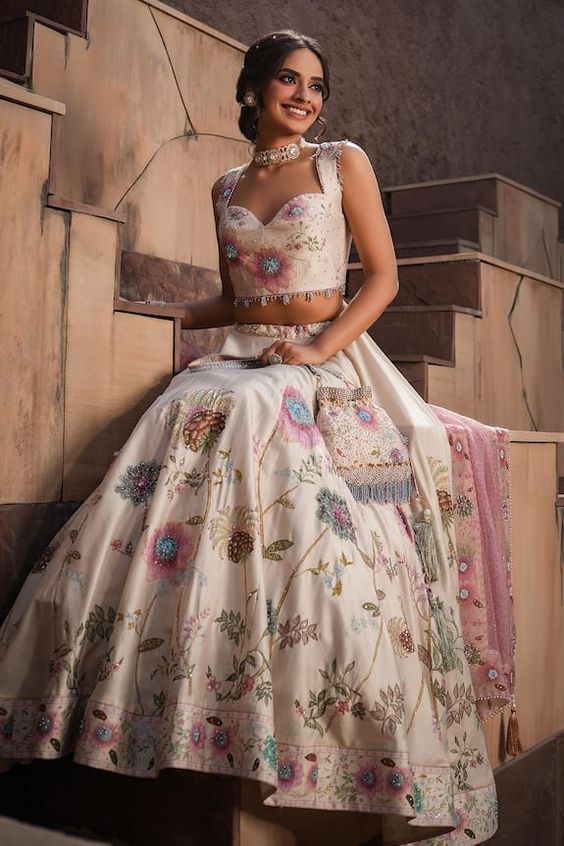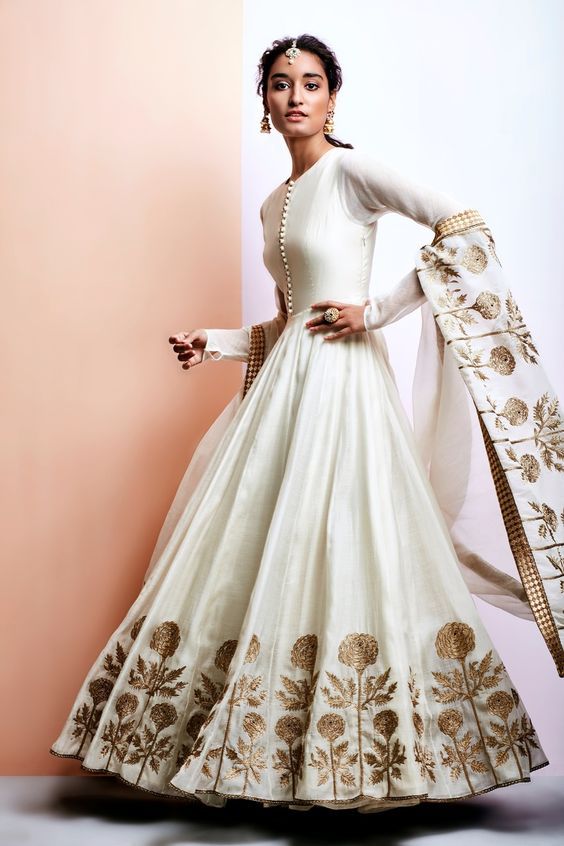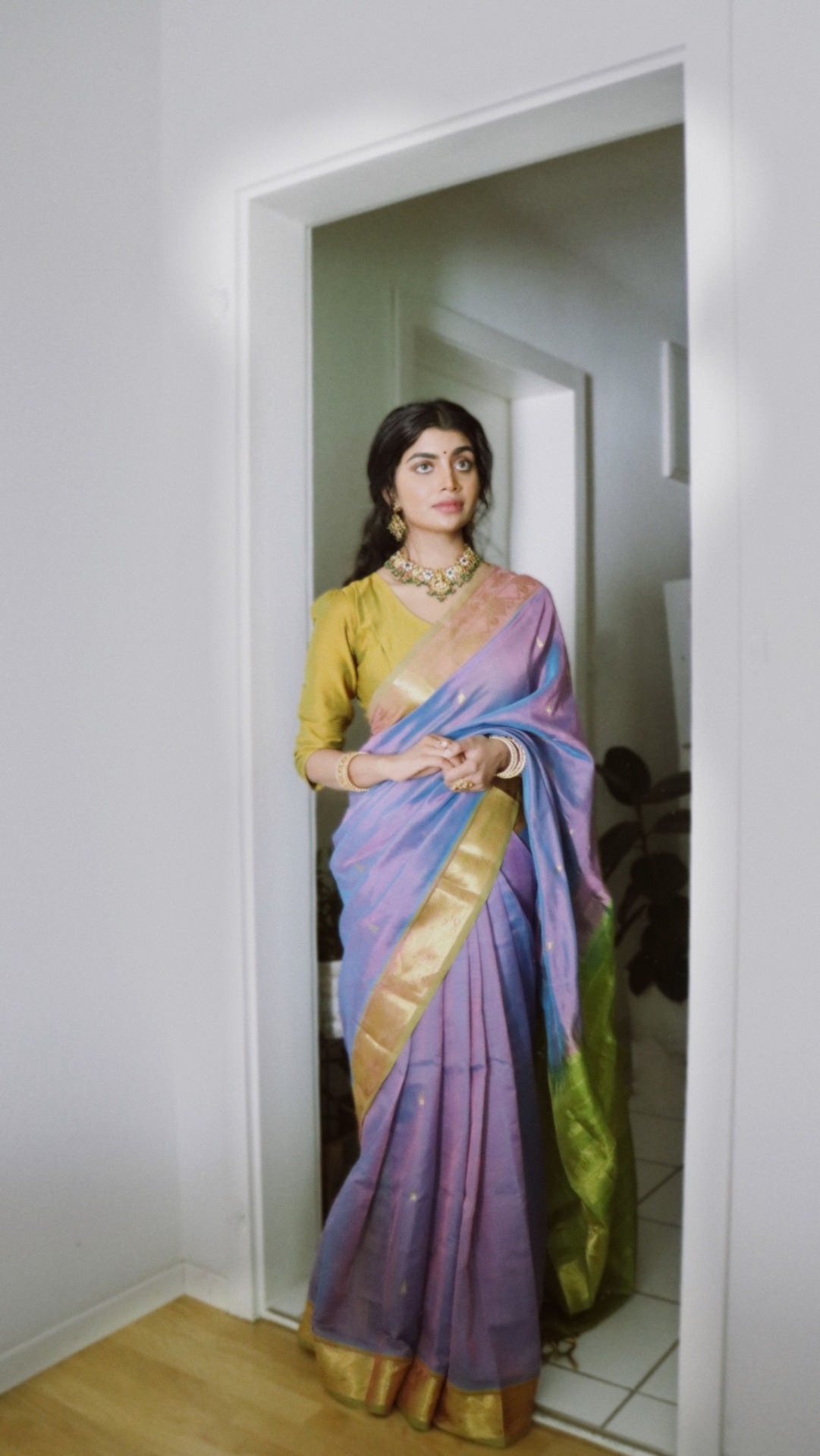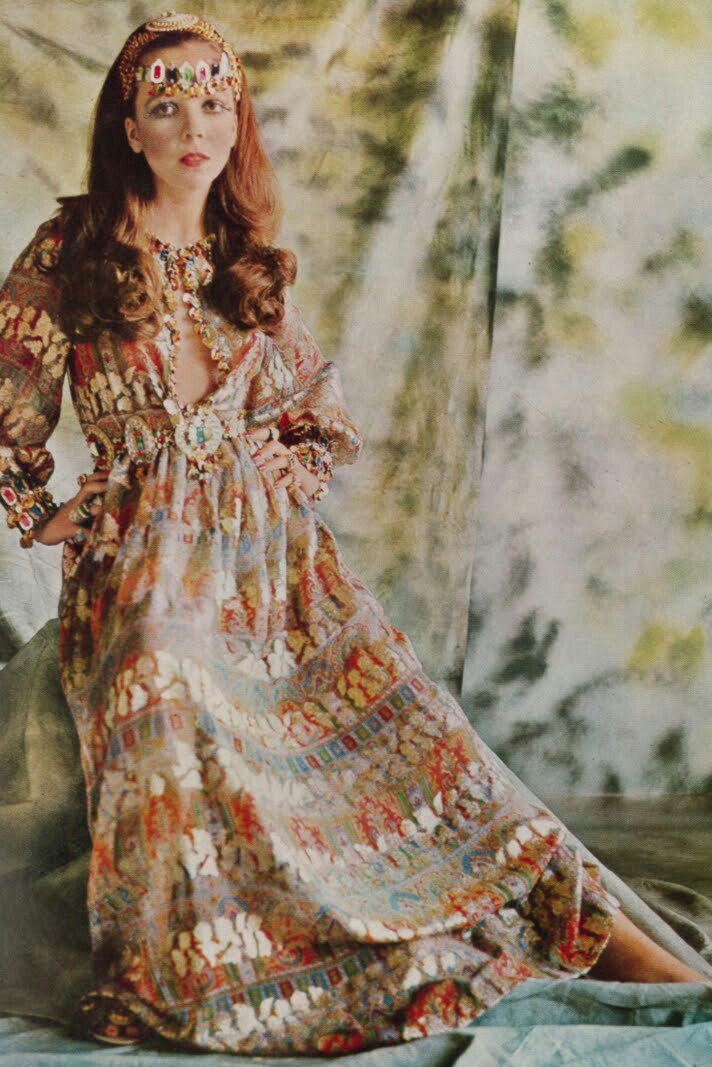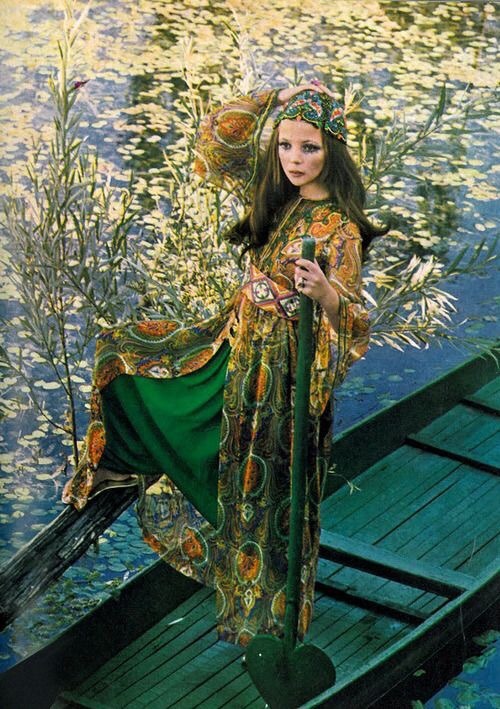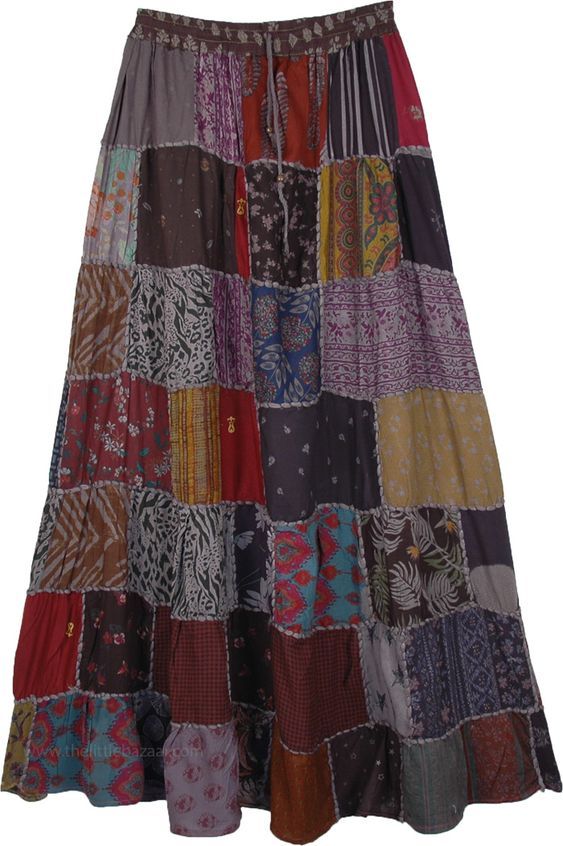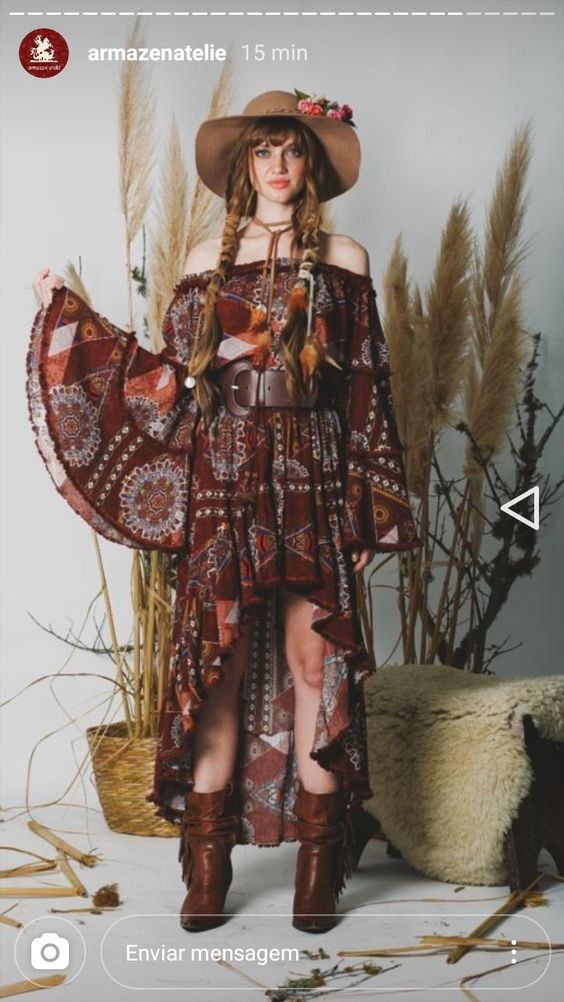Nayaka: “How did you dare come absolutely alone in this dark and horrible night?”
Nayika: “Your love was my companion.”
 Abhisarika Nayika, A Painting from a Nayika Series. c 1820
Abhisarika Nayika, A Painting from a Nayika Series. c 1820
Some time ago I wrote about some really beautiful Indian miniature paintings one of which was the Kangra style painting of Utka Nayika or the heroine anxiously expecting her lover. The nature in those watercolours and the overall mood is dreamy, sensuous, and idyllic, the landscape is especially verdant, lush and fragrant, as if inviting all the love naughtiness to take place, but the paintings that I will be showing in this post have a completely different mood. While Utka Nayika is the one waiting for her lover, usually in a beautiful natural setting, the Abhisarika Nayika is the courageous and daring heroine who goes out into the deepest, darkest depths of the forest to meet her beloved there. Dressed in a splendid blue attire, adorned with all the possible jewellery, she is ready to meet her lover, but before she does, the path is long and thorny. The forest is dark and those clouds don’t look at all promising. They are dark and heavy with rain. There is thunder and lightning. And oh – if only the thunder were the worst thing that awaits the poor, but relentness and brave heroine! No, there are snakes coiling themselves around her foot, there are spooky creatures, forest witches, and who knows what else, in her way. Her light in the darkness, her candle of hope, is the love that she is feeling in her heart and this love is guiding her through all the trials and tribulations.

Abhisarika Nayika
In these paintings we see just how big of a role nature plays in conveying the mood. The heroines are dressed almost the same way in nearly all of these watercolours, usually with elaborate adornment, jewellery, perfume and veils. It is nature here which is changing her robes; from lush and sensuous in the Utka Nayika paintings, to the dark and spooky in the Abhisarika Nayika watercolours. The trees are no longer offering a warm, kind shelter but are instead creating eerie shadows in the moonlight and their long twisted branches are like the long arms of some demon about to grab the nayika around her waist and pull her into the deepest darkest depths of the underworld. The sky is not smiling and calm, but instead the clouds, heavy with rains, are gathering, wanting to spoil the lovers’ night of passion with rain and thunder. The wind is not cooling the heat of the summer, but rather it is swaying the branches of the trees in an unsettling way, and it seems to whisper to the nayika: go home, go home… But of course this nayika will not listen to or take anyone’s advice. She didn’t spent all day picking out that magical midnight blue attire and all that jewellery for nothing! Oh, she will see her man tonight, even if the sky fell down and all the witches and serpents leave their home that night to torment her! She is untouchable. I love the effect of thunder and rain in these paintings, especially in the 1840 one bellow, those rain drops, just marvellous. I have no words at how spooky the portrayal of those witches are. And I truly adore the midnight darkness of the last painting in this post; the dark colour palette with the touches of white in those flowers, and the nayika’s blue attire, truly stunning visually and captures the nocturnal atmosphere.

Abhisarika Nayika – The Heroine Going to Meet her Lover, India, Guler, circa 1810-1820
When the nayika does indeed meet her beloved, her hero or nayaka, this conversation occurs:
Nayaka: “You have enslaved me,dear, by coming here even though not called.”
Nayika: “But, Ghanasyama, clouds came and brought me here.”
Nayaka: “I can’t even see your body in this darkness. I wonder how you found the way.”
Nayika:“Lightning showed me the path.”
Nayaka: “But your feet must have been hurt on the uneven path covered with mud and thorns.”
Nayika: “The elephant of courage which I was riding was very comfortable indeed.”
Nayaka: “How did you dare come absolutely alone in this dark and horrible night?”
Nayika: “Your love was my companion.”
(taken from “Kangra Paintings on Love”, M.S.Randhawa)




Lady keeping tryst on stormy night, Abhisarika Nayika, Bilaspur, c. 1840


Abhisarika Nayika braves the forest at night to meet her lover, Early 19th century. Kangra
Tags: Abhisarika Nayika, art, art blog, dark, forest, India, Indian art, Kangra, love, lover, night, Pahari, snake, witch, woman






 Picture found here.
Picture found here.












































